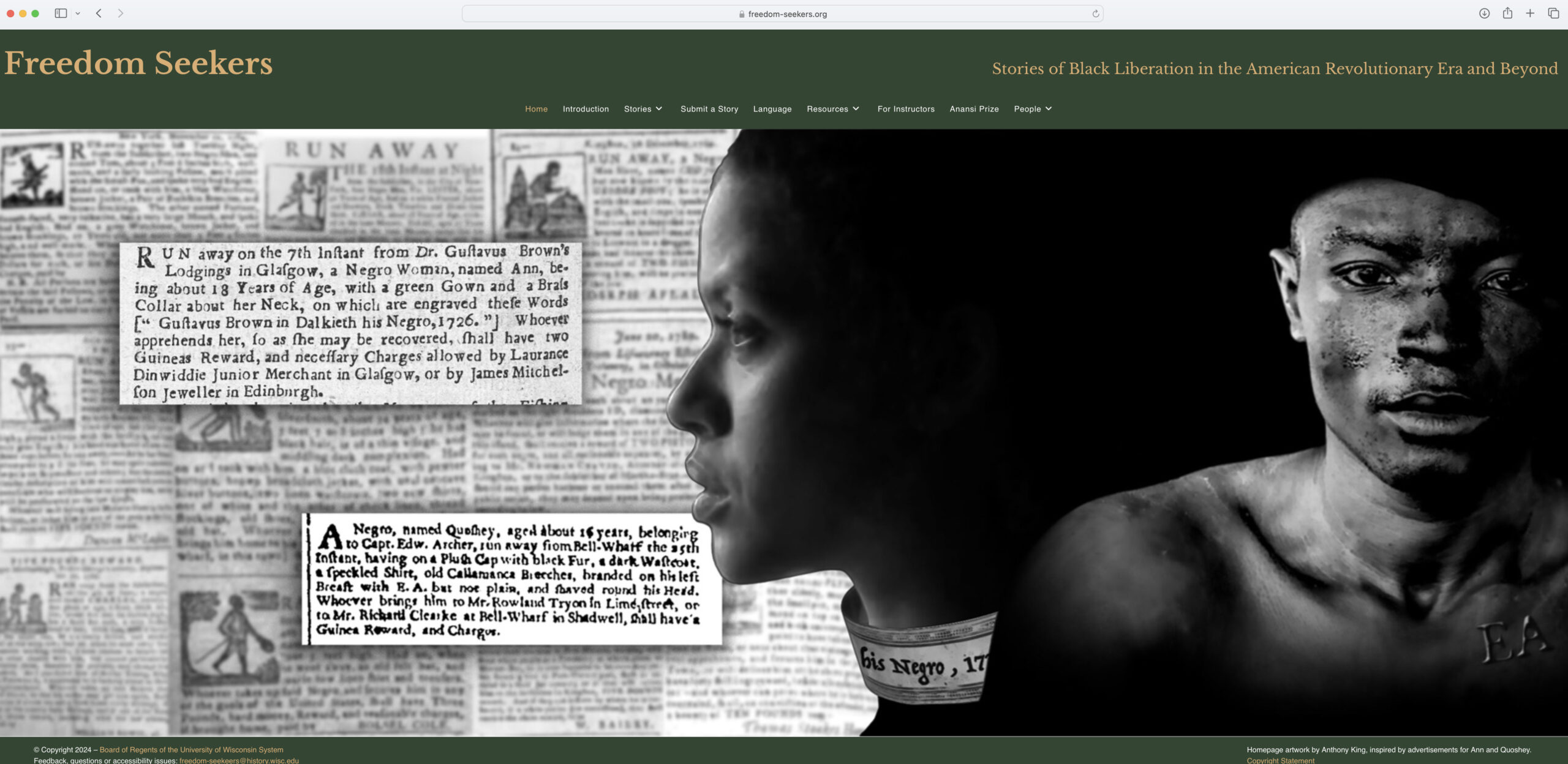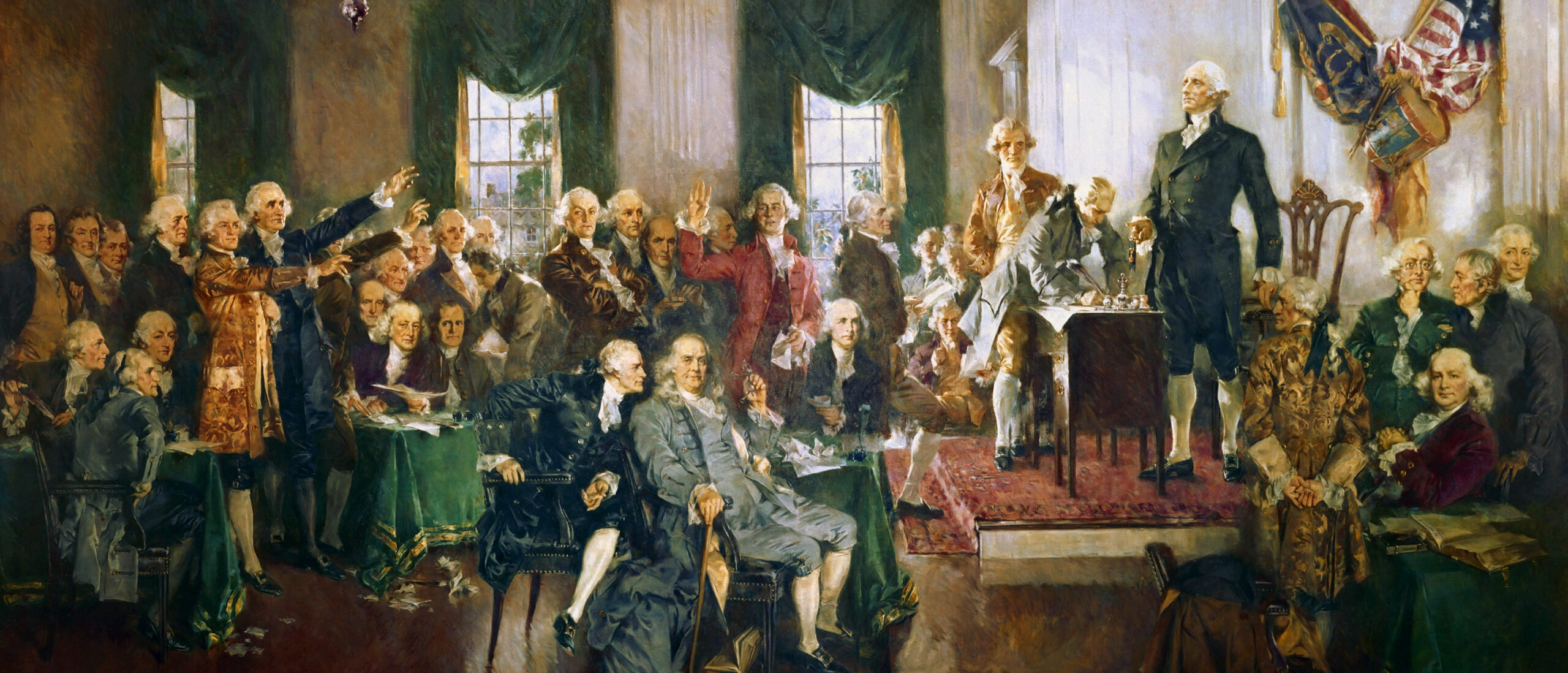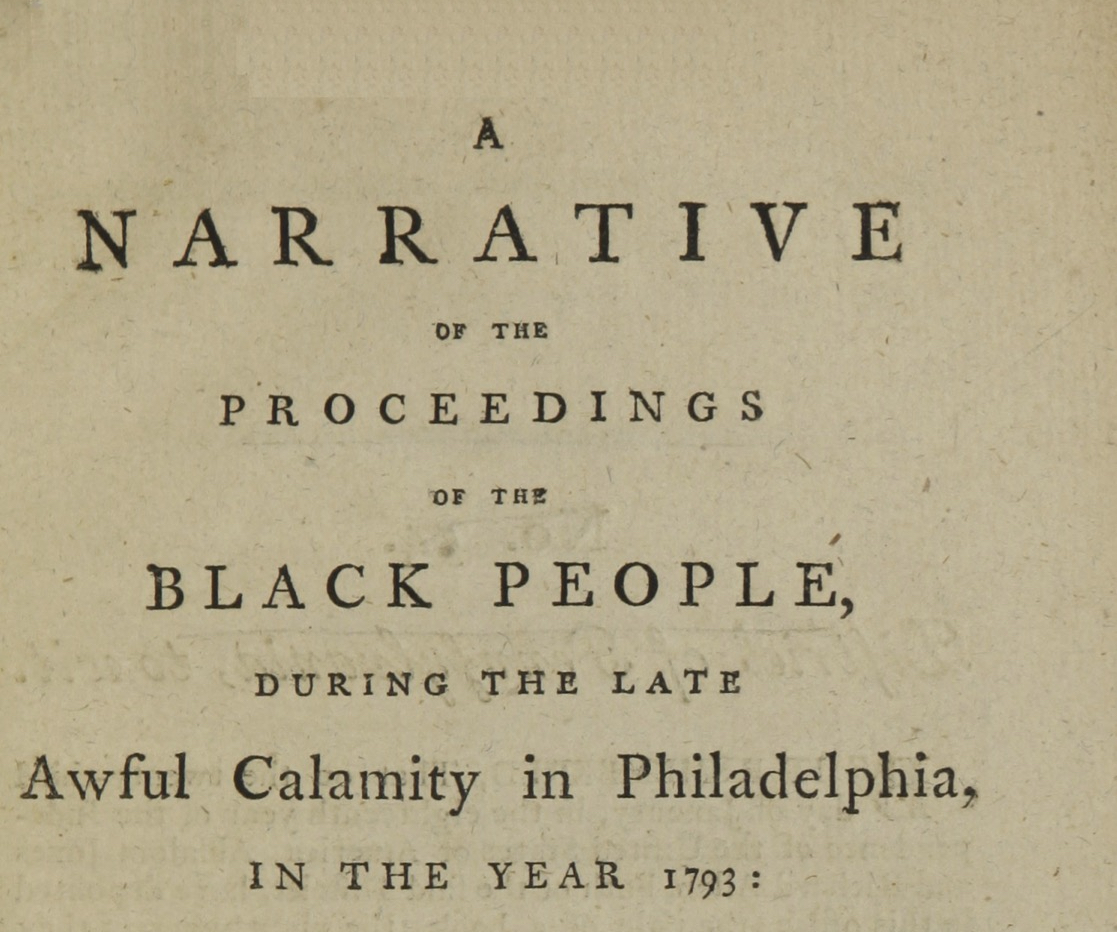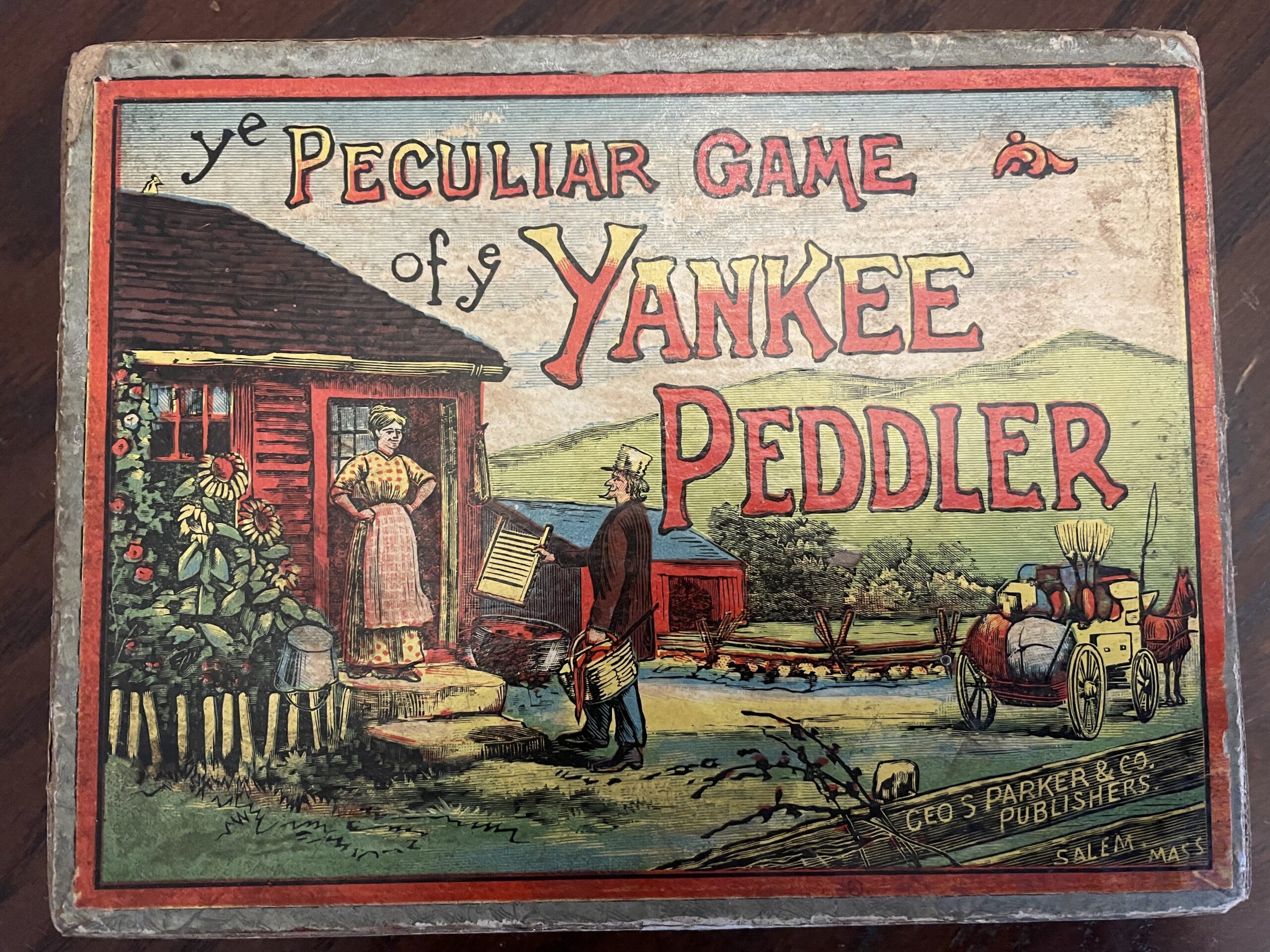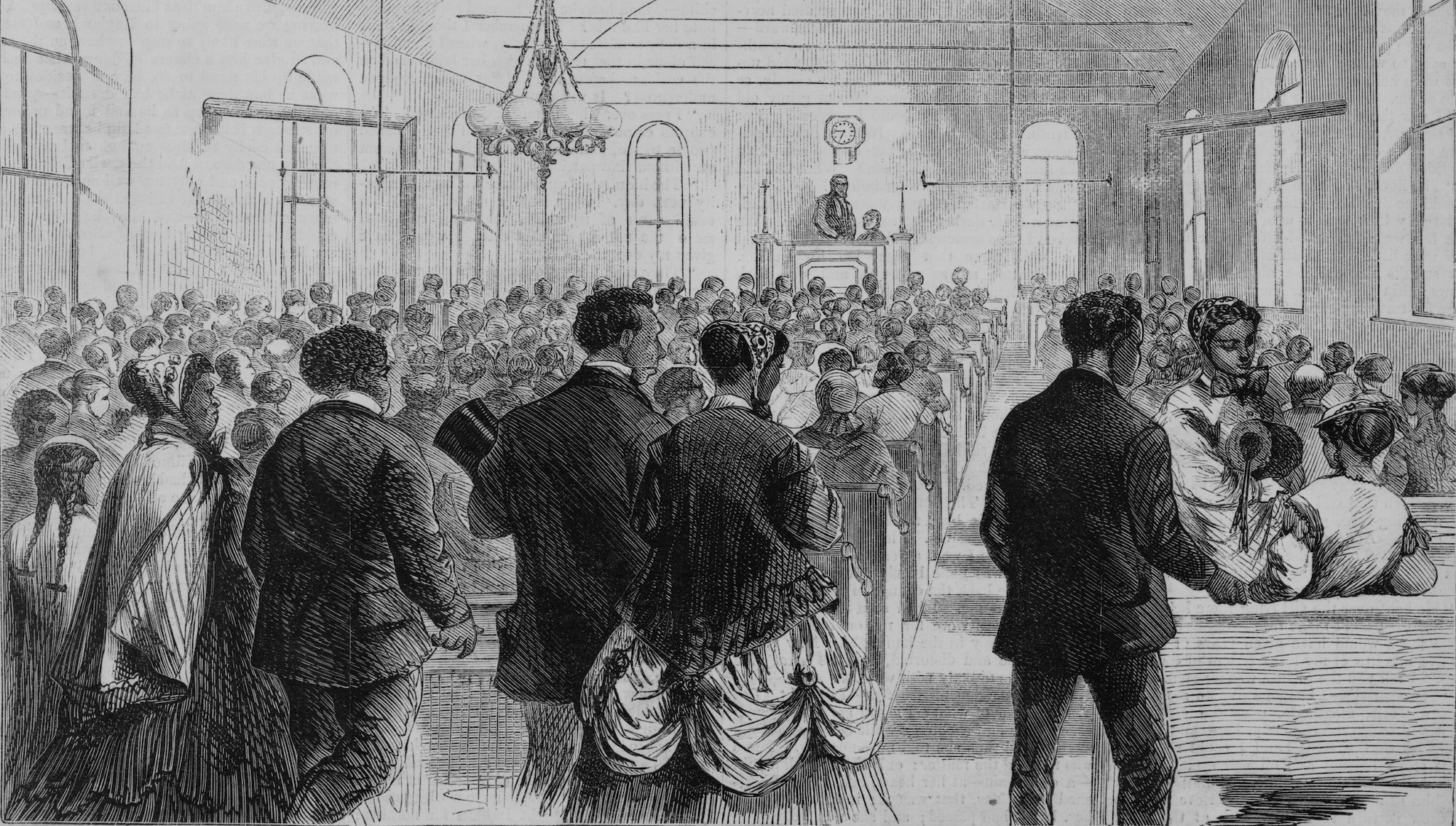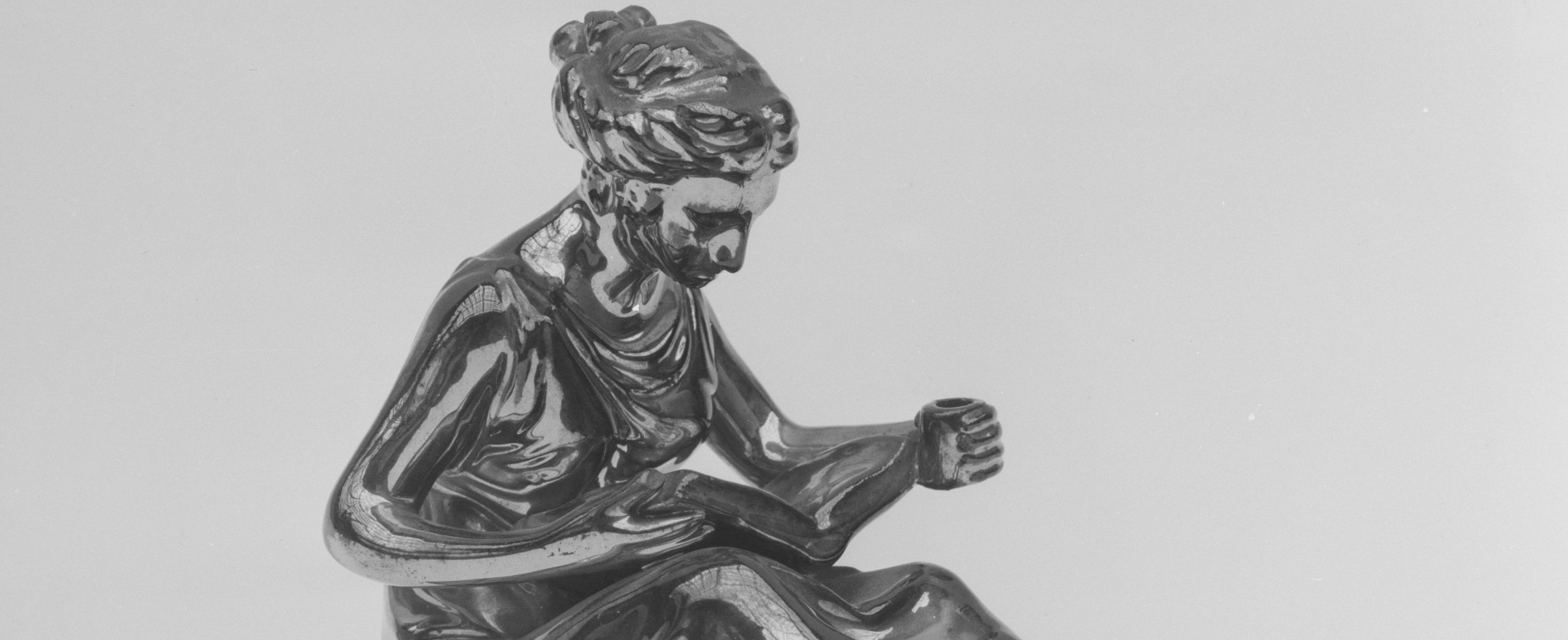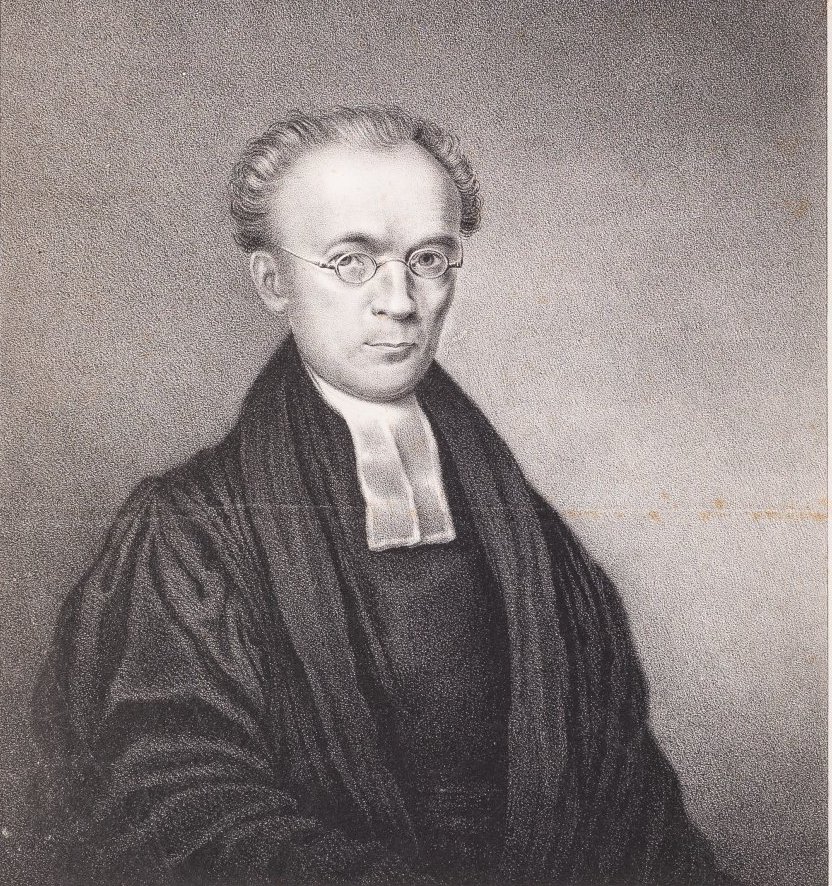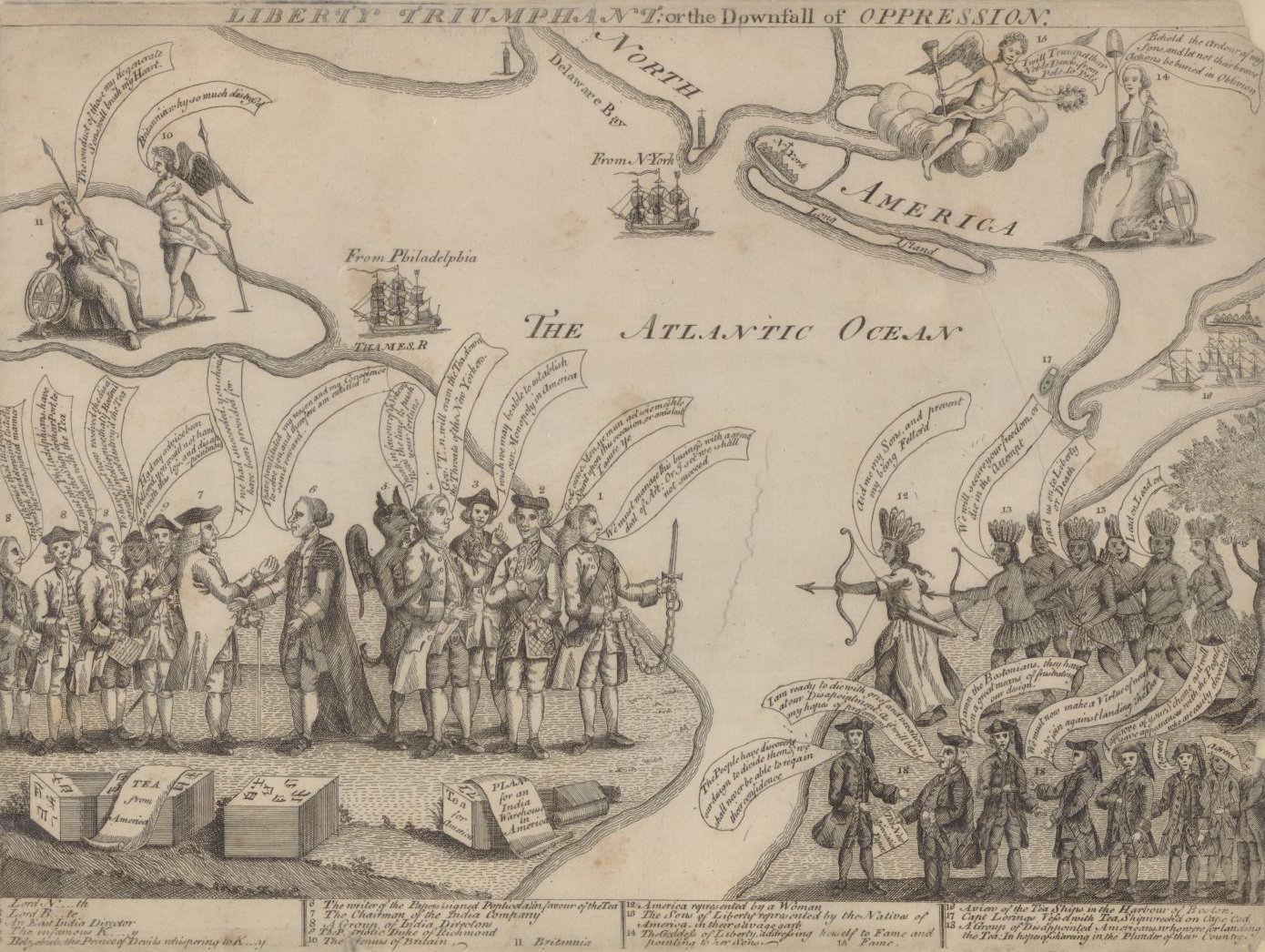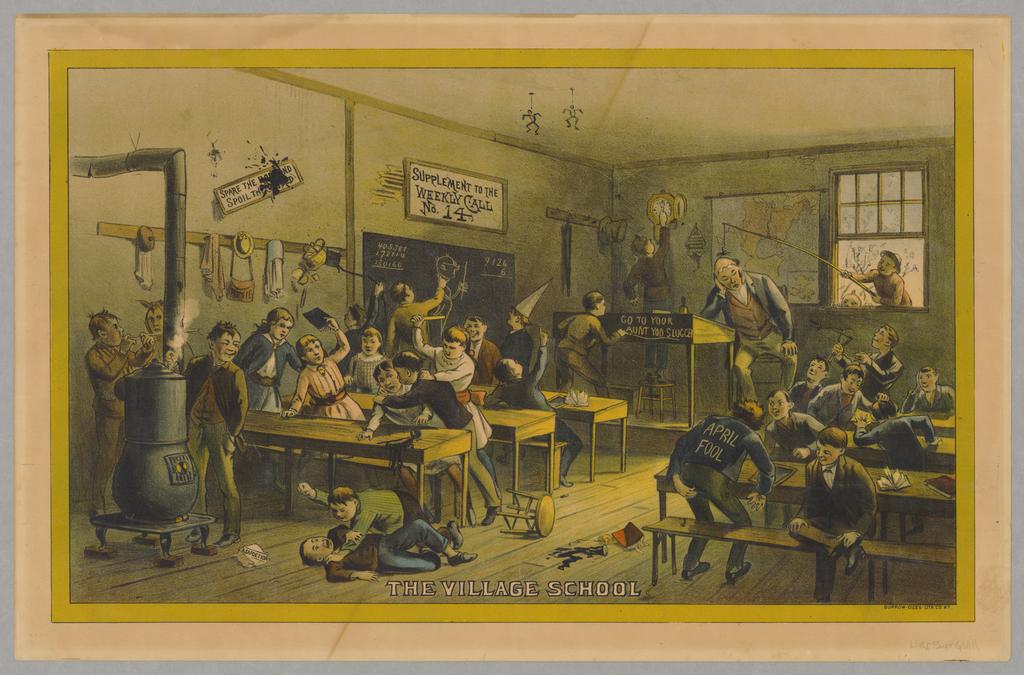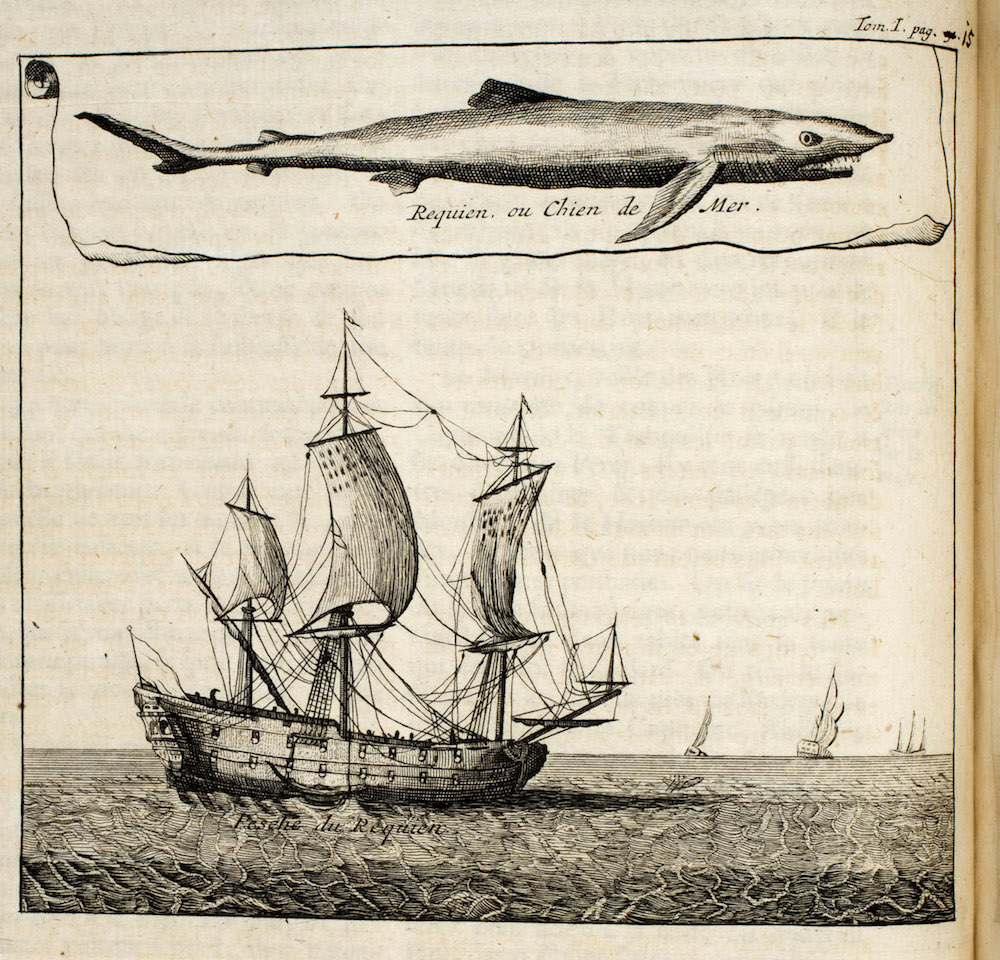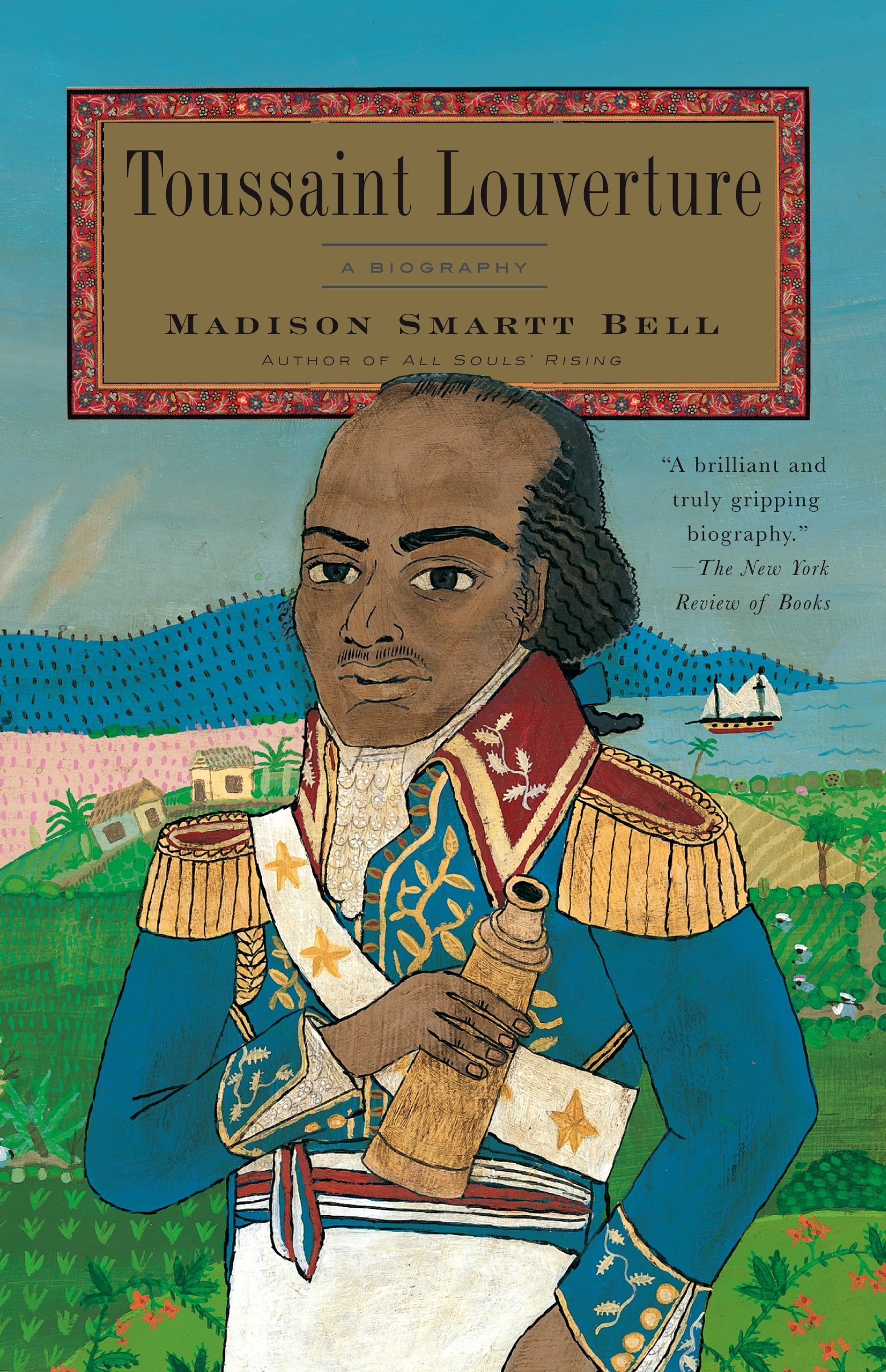The logical starting point for a book historian’s investigation into Native American communications systems, one assumes, would be the Cherokee Phoenixeditors’ adoption of Sequoyah’s syllabary to print the first Native American newspaper in 1828, which appeared just as “Indians” were being deemed “domestic dependent nations” by the U.S. Supreme Court. Instead, Matt Cohen’s The Networked Wilderness: Communicating in Early New England (2009) focuses on the era before the first printing press arrived in New England. Common-place asked Cohen: What do we learn by examining this earlier moment?
Sequoyah is a perfect place to begin! That history, like most, will carry you backwards, not just forwards; east, and not just west. The adoption into print of Sequoyah’s syllabary changed things, not merely because of its role in its political moment and its persistence down to the present, but in its philosophical riposte to claims, made long before the 1820s and long after, for the superiority of alphabetic literacy. The syllabary is sonic, not alphabetical, in its epistemology; it was adopted and learned rapidly; and it has played an important role in intercultural politics ever since it was accepted by Cherokee people. But did the print that ensued create a “culture” of print? And if so, was it, or has it become, truly “independent,” escaping the structure of domination that Justice Marshall’s declaration of Indian tribes as “domestic dependent nations” helped impose? The alternative to assumptions about a dependent print culture may not be to imagine independence, but rather to embrace the complex ways our worlds are built upon webs of communicative habits and protocols. A step in counteracting the logic of dependency is to shift the analytical lens away from what has gone under the label of “print culture.” By mindfully bypassing narratives in which print is the pivot point, we get to ask questions that wind up telling us more and more interesting things, both about Early Americans (be they Native or English) and about how communication actually works in historically specific contexts.

One answer, then, to the question “Why turn to the early moment?” is simple: It alienates us from our own systems, allowing us to see things about communications technologies we didn’t notice before, and to see them as historically specific. But at the same time, it shows hidden genealogies or, just as importantly, resurgences, folds in time, rather than a linear forward march, in the ways humans have handled confrontations with radically new communications technologies and protocols. The old story was that human communications systems kept improving with time, and civilization was knowable in part by its progression through ever more “advanced” stages, marked by “better” media technologies. We think, for example, that we are certain that information is power—but just when we seem to have figured out what counts as “information,” the definition slips through our fingers. To take a recent example, the very speed and vastness of today’s networks of financial information exchange helped bring down the world’s economy almost overnight. The medium seems to be the message—until content resurges in the form of an online image or two, and Facebook photos ruin a politician just as effectively as newspapers and rumors could in the early nineteenth century. Is the cell phone the best or the worst thing that has happened to us? When, during King Philip’s War, an Algonquian warrior cut open Goodman Wright’s body and stuffed a Bible into him, an earlier answer to a similar question was horrifically, eloquently transmitted.
Print has had great power, and not just for colonial domination, yet one doesn’t want to reduce all minority communications history to the same story: print came and its European carriers dominated, while minorities adapted it to their own ends and persisted. And crucially, the strategic use by Native people of “orality” in distinction to writing as a culturally definitive property has in some cases produced a certain autonomy, a unique set of aesthetic innovations, and a sense of agency that cannot be underestimated. What I have tried to do, then, is suggest a reading practice, rooted in a problematic. How should we go about telling colonial history, as Harold Innis did with the history of empire-building, as a contest over communication systems, if we analyze print as part of a spectrum of interrelated media, rather than a marker of modernity, an axis of a change in consciousness, or a hegemonic lever?
When we yoke “print” to “culture,” we run risks. Chief among them is the misperception of the role of print in ethnic, racial, and religious boundary-making in the history of North America. In part this is an epistemological reflection, spurred by the way in which indigenous folks, even when they adopted print, continued to articulate it together with other media—and with things we today wouldn’t think of as media—in making meaning. Some northeastern Algonquians of the seventeenth century, for example, dug holes in the ground to commemorate events. The holes were located on paths nearest the location of the event. When travelers passed by and saw the hole, the custom was for someone to tell the history of what happened there, and then to round out the hole again to keep it clean and clear. Landscape, a network of paths, storytelling, and digging are all linked in the formal protocols for this way of recording history. We learn about this practice from the Pilgrim Edward Winslow, who wrote down and then published it not merely out of ethnographic curiosity, but as part of broader effort to learn indigenous systems in order to gain leverage in a world that, in the 1620s, still very much belonged to the Indians. What happens, such episodes call us to ask, when we think about information systems in a broad way, as sites for contests over social and economic control, rather than searching for specific technologies (or even regimes) of representation through which philosophical or ideological or historiographical claims might be made? Such an approach would not deprecate print, but would recover its complex relationships to the other options for conversing and contesting in a given place and time—relationships sometimes more similar than different across what have been called, partly because of perceived differences, cultures.
Focusing on the early period, with its evidentiary challenges and distance in time, can encourage close analysis of media in the context of larger, interrelated systems. Different sorts of senders and receivers can be communicating even if they seem not to be operating by the same rules or means, the same media or formats. This approach has plenty of risks. “Communication” can come to seem to mean almost anything (in my book, from bowel movements to wolf traps), but the case-by-case approach that would counter that expansive tendency can lead to the depiction of a series of interesting but non-exemplary episodes in media history. One way to address that problem is to focus on episodes in which the control over information flow was recognized as a source of power. Consider another moment in Edward Winslow’s account of interactions with Indians, in this case the Wampanoag: In the spring of 1622, the local sachem Ousemaquin got sick. Fearing he would die, and knowing that it was the practice of the Wampanoag to gather the entire kinship network around a leader who was about to perish, Winslow rushed to the sachem’s side. Discovering that Ousemaquin was constipated, Winslow drew on one of his own information networks in order to produce a cure: the world of domestic medicine (largely a female domain, about which Winslow disavowed any competence, despite his likely having printed at least one domestic manual as a younger man). When the cure worked, Winslow tells us, the sachem favored him with the revelation that there was a plot afoot among other local Indian groups to destroy Plymouth Plantation. Peaceful as it may seem, this exchange did not necessarily involve cultural understanding. The Wampanoag regarded Winslow’s cure (to his discomfort) as proceeding from supernatural sources, not natural ones; the Pilgrims used Ousemaquin’s revelation to justify their violent reaction to the alleged plot, killing several Indians at Wessagusset and, in a mode of communication that they shared with the area’s Natives, displaying Wituwamat’s head on a pole. But relations between the Wampanoag and Plymouth were maintained, for a time, in this as in other events, by linking a heterogeneous series of communications networks. Sometimes, to get a sense of the role of media in colonization, we must pull the lens back to consider how people in the past thought about the circulation of information itself, and how it figured in contests for power.
The period before the printing press was established in English North America—before the rise of nationalism and the spread of what we call racism today—offers other advantages for thinking about media in colonial history. Native America is filled with other-than-national histories and overlapping or unstable legal domains. The Pilgrims were surprised to be greeted by an English-speaking Indian, Tisquantum, at Patuxet; he might also have been able to speak Spanish, and one or more pidgin tongues, having traveled in slavery through the Atlantic world. Samson Occom’s speaking tour of England in the eighteenth century drew raves; his publications, like his Presbyterian colleagues’, were often directed at a global Christian audience, and he was integral to the establishment of the intertribal religious community, Brotherton.
In the fourth chapter of my book, I examine the Pequot tribe’s history of relations with its neighbors, and the role of multimedia representations in that history. The Pequots were the subjects of one of the worst massacres by the English, during a war in 1637-1638. Since the late 1970s, however, the Mashantucket branch of the tribe has made a comeback, having established a successful casino. Their massive tribal museum exhibits a complex relationship to, and depiction of, the early colonial era, constituting a different commentary on the Pequot War than that found in history books. The museum itself, part of which is an architectural riff on a famous seventeenth-century engraving of the massacre, and part of which uses techniques of deception that are eerily similar to tactics Pequots used in the 1637-8 war, exemplifies the way tribal histories can resurge, not just rise or fall. Indeed, even public accusations that the Pequots are an “invented” tribe, assembled merely out of greed for untaxed gambling income, overlook not just the complexity of tribal affiliation under colonialism, but the way in which the tribe’s success has been a function of the relationships it has built with a host of outside entities: the federal government, the State of Connecticut, more recently the State of Pennsylvania, and the original Malaysian investors in the casino and resort. Such a pattern of international interrelation, even at the cost of antagonism, was precisely what fueled the fears underlying the Pequot War in the seventeenth century. Tribes are complex, interrelated phenomena that tend to become less clearly bounded the closer you look at them. Indians both shared and fought with each other over ideas about the relationship between kinship networks and the American landscape in which those networks developed; these collaborations and debates happened at the junctions of international contests for power.
Native modes of communication took formal cues from landscape features, animal behavior, climatological patterns, and kinship structures. Whether embodied in storytelling, wampum, painting, or basket and textile designs, these orienting features together reinforced a certain way of understanding human placement within, and responsibility to, the non-human world. When we turn to such media—when we try to understand the formal properties of indigenous communication systems of the past—we lose our evidentiary bearings as scholars of literature, or law, or art. In studying other cultures, that disorientation is important; necessary, I would argue, to fold into what we imagine our histories will help our readers see and do in the world. Recent decades of scholarship in anthropology and postcolonialism have taught us about the importance of studying misunderstanding as a historical factor—but we can also learn from past scenes of simple disorientation, surprise, and even failed humor.
We often hear it suggested that print became the dominant mode of communication sometime in the late nineteenth century, or that a print mentality is one of the signatures of modernity. But it seems to me that print never became more common than speech, and that other modes of communication were continuously threaded together in people’s daily experience. Since the eighteenth century, there has been in North America a sustained, contested world of Native print, one of the many realms that have characterized the print world of North America. The Networked Wilderness suggests that story is rooted in older media contests, predating the expansion of print that seems to have made it an exemplary story of modernity. But the early period can help us appreciate the more recent media histories of indigenous nations, kinship networks, and individuals, and guide us all as we reshape our world digitally. The arrival of digital communication heralds transformations more than radical breaks. Once again, the Cherokees offer instructive challenges, so perhaps that is where to leave things. On the one hand, in recent years, the Cherokee Nation of Oklahoma has struggled over the inclusion of descendants of freedmen in the polity—a contest very much about race, but equally about sovereignty, as the federal government has opposed such exclusion. Much of this contest has happened in print, but much of it in other media, including multimedia digital formats, which the Cherokee Nation as a political entity has been using for years for public relations, but which is also used by the tribe’s factions to tell their stories. As we think about the relationship between communications technologies and social power among the Cherokee in the colonial period, 1492 to the present, we may both draw from and try to think beyond the conceptual equipment afforded by “print culture” or a “print public.”
Further reading:
Foundational scholarly studies emphasizing the importance of communication systems in colonial American contexts include Richard D. Brown, Knowledge is Power: The Diffusion of Information in Early America, 1700-1865 (Oxford, 1991); Harold Innis, Empire and Communications (Oxford, 1950); Michael Warner, The Letters of the Republic: Publication and the Public Sphere in Eighteenth-Century America (Cambridge, Mass., 1992); Richard White, The Middle Ground: Indians, Empires, and Republics in the Great Lakes Region, 1650-1815 (New York, 1991); and Walter Mignolo, The Darker Side of the Renaissance: Literacy, Territoriality, and Colonization (Ann Arbor, 1995). On New England in particular, see Karen Kupperman,Indians and English: Facing Off in Early America(Ithaca, 2000); and Neal Salisbury, Manitou and Providence: Indians, Europeans, and the Making of New England, 1500-1643 (New York, 1983).
On American Indian communications technologies, protocols, and politics, as well as Native uses of print in the early colonial era, see especially Joanna Brooks,American Lazarus: Religion and the Rise of African American and Native American Literatures (New York, 2004); Lisa Brooks, The Common Pot: The Recovery of Native Space in the Northeast (Minneapolis, 2008); Sandra Gustafson, Eloquence is Power: Oratory and Performance in Early America (Chapel Hill, N.C., 2000); Gordon Sayre, Les Sauvages Américains: Representations of Native Americans in French and English Colonial Literature (Chapel Hill, N.C., 1997); Nancy Shoemaker,A Strange Likeness: Becoming Red and White in Eighteenth-Century North America (New York, 2006); Robert Warrior, The People and The Word: Reading Native Nonfiction (Minneapolis, 2005); Hilary Wyss,Writing Indians: Literacy, Christianity, and Native Community in Early America (Amherst, Mass., 2003); and Wyss and Kristina Bross’s anthology of both textual and non-textual media, Early Native Literacies in New England: A Documentary and Critical Anthology(Amherst, Mass., 2008). On the Cherokee in particular, see the work of Circe Sturm, especially Blood Politics: Race, Culture, and Identity in the Cherokee Nation of Oklahoma (Berkeley, 2002).
Influential related work in the history of the book includes David D. Hall, Ways of Writing: The Practice and Politics of Text-Making in Seventeenth-Century New England (Philadelphia, 2008); Jill Lepore’s widely influential The Name of War: King Philip’s War and the Origins of American Identity (New York, 1999); and two major series, the American Antiquarian Society’s five-volume series The History of the Book in America (New York and Chapel Hill, N.C., 2000-2009) and the three-volume History of the Book in Canada (Toronto, 2004-2007), which is more attentive to indigenous societies. The first in-depth history of the book in Native North America, recently published, is Phillip Round, Removable Type: Histories of the Book in Indian Country, 1663-1880(Chapel Hill, N.C., 2010).



